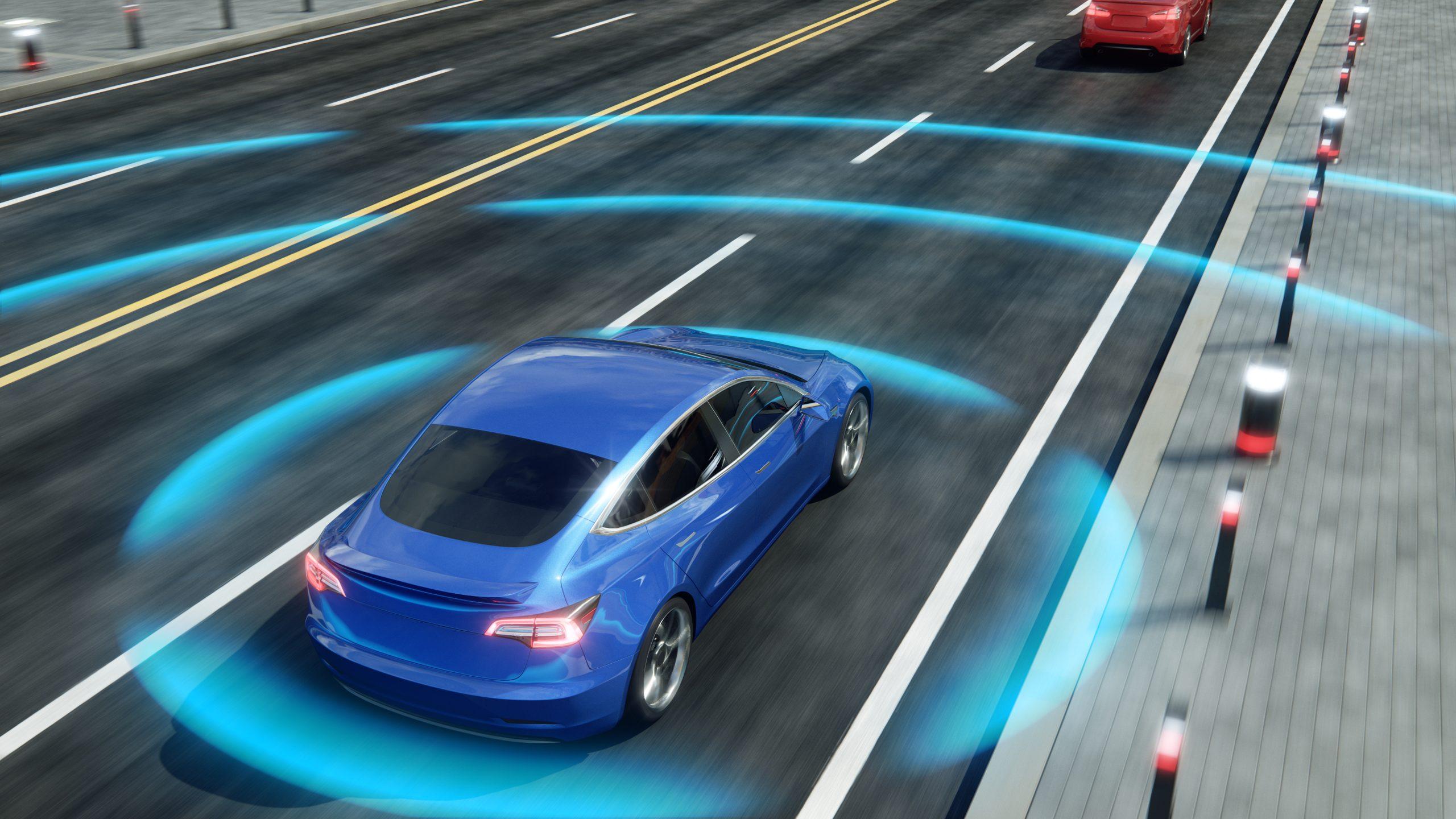The Advanced Driver Assistance Systems (ADAS) sensors market is experiencing a transformative phase, driven by rapid advancements in technology and an increasing emphasis on vehicle safety. As automotive manufacturers and technology firms invest heavily in ADAS capabilities, understanding the market dynamics becomes essential for stakeholders aiming to capitalize on emerging opportunities. This article explores the current landscape, key trends, competitive dynamics, and future prospects of the ADAS sensors market.
Market Overview
ADAS sensors serve as a critical component of modern vehicles, providing essential functionalities such as adaptive cruise control, lane-keeping assistance, collision avoidance, and parking assistance. These sensors include cameras, radar, lidar, and ultrasonic sensors, each playing a unique role in enhancing driver safety and automating driving tasks.
The growing focus on safety regulations, combined with rising consumer demand for enhanced vehicle features, is propelling the adoption of ADAS technologies. Governments worldwide are increasingly mandating the integration of safety features in new vehicles, prompting manufacturers to invest in robust sensor technologies to meet these regulatory requirements.
Key Trends
-
Technological Advancements: The ADAS sensors market is witnessing significant innovations, particularly in sensor fusion and artificial intelligence (AI). The integration of multiple sensor types enables more accurate perception of the vehicle's surroundings, leading to improved decision-making algorithms. AI technologies are also being utilized to enhance the capabilities of these sensors, enabling them to learn from real-time data and improve performance over time.
-
Electrification of Vehicles: The shift toward electric vehicles (EVs) is closely linked to the growth of the ADAS sensors market. EVs are often equipped with advanced safety features, creating a higher demand for sophisticated sensor systems. Moreover, the integration of ADAS in EVs enhances their appeal to consumers, as safety becomes a paramount concern for buyers.
-
Collaboration and Partnerships: The complexity of developing ADAS technology has led to increased collaboration between automotive manufacturers and technology firms. Partnerships are forming to leverage each other's strengths—automakers bring industry knowledge and manufacturing capabilities, while tech firms contribute expertise in software development and data analytics. These collaborations are essential for accelerating innovation and bringing advanced ADAS solutions to market.
-
Consumer Awareness and Acceptance: As consumers become more aware of vehicle safety technologies, their acceptance of ADAS features is rising. Marketing strategies highlighting the safety benefits of these systems are essential in fostering consumer trust and driving adoption. Education plays a key role in ensuring that consumers understand how to effectively use these systems, thereby enhancing overall user experience.
Competitive Landscape
The ADAS sensors market is characterized by a mix of established automotive suppliers and emerging technology companies. Key players are focused on enhancing their product offerings through innovation and strategic acquisitions. Leading automotive suppliers are investing in research and development to advance sensor technologies, while tech startups are introducing disruptive solutions that challenge traditional methods.
Companies are differentiating themselves by developing integrated sensor solutions that combine multiple functionalities into a single unit. This not only reduces complexity but also lowers costs for manufacturers. The competitive landscape is also influenced by the need for regulatory compliance, prompting companies to ensure their products meet safety standards.
Challenges
Despite the promising growth trajectory, the ADAS sensors market faces several challenges. One of the primary concerns is the high cost of advanced sensor technologies, which can be a barrier to widespread adoption, especially in entry-level vehicle segments. Additionally, the integration of ADAS features requires extensive testing and validation to ensure reliability, which can be time-consuming and costly.
Another challenge is the variability in regulations across different regions. Manufacturers must navigate a complex web of requirements that can differ significantly from one market to another. This adds layers of complexity to product development and marketing strategies.
Future Prospects
Looking ahead, the ADAS sensors market is poised for significant growth. As automakers increasingly transition to autonomous driving technologies, the demand for sophisticated sensor systems will continue to rise. This shift will not only influence the types of sensors developed but also the overall architecture of vehicle systems.
The ongoing development of smart city initiatives and connected vehicle ecosystems is expected to create new opportunities for ADAS integration. As vehicles become more interconnected, the ability to communicate with infrastructure and other vehicles will enhance the effectiveness of ADAS, paving the way for a new era of mobility.



